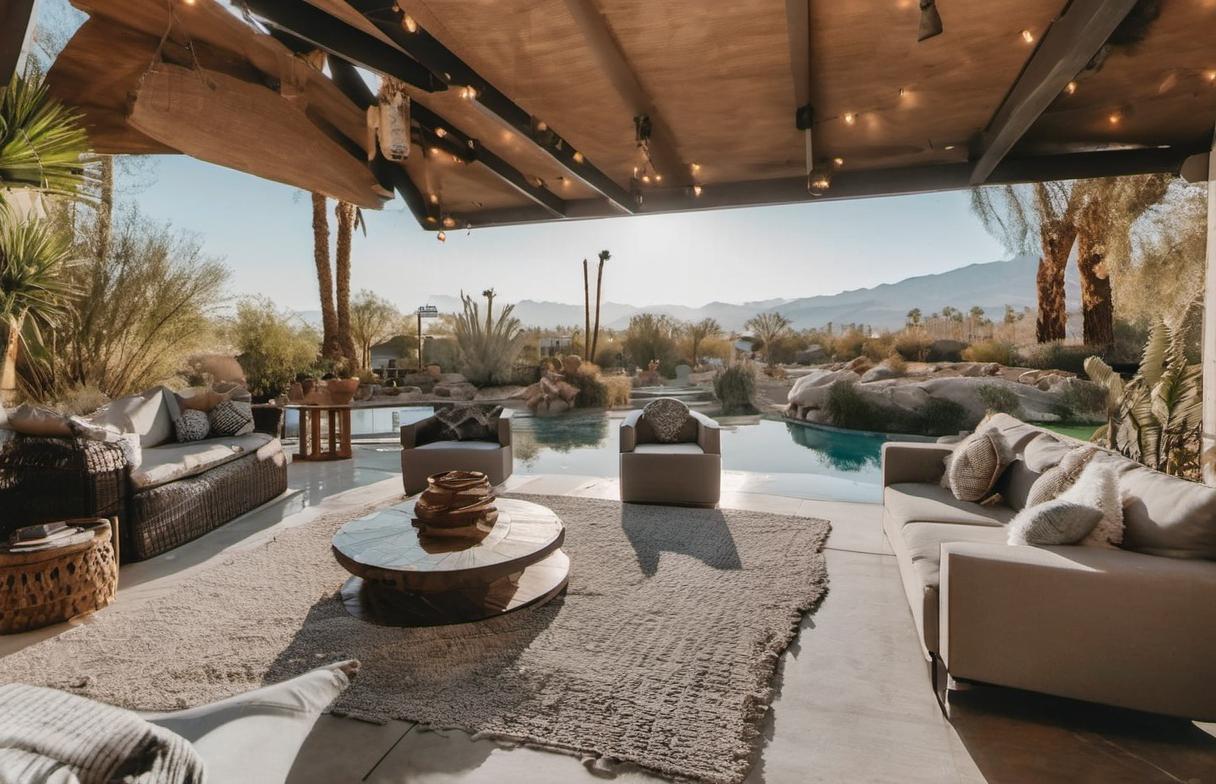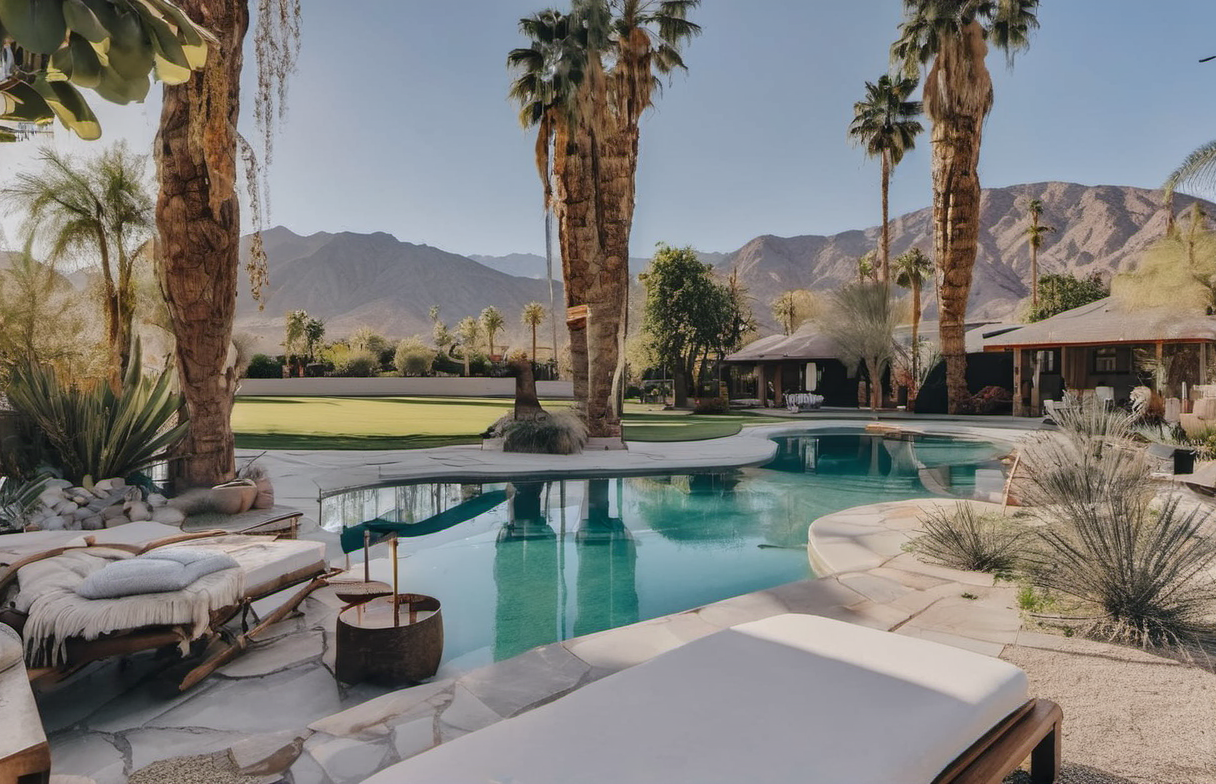Short-term rentals (STRs) can be an incredible source of income and long-term equity, especially in desirable vacation markets like Palm Springs, Indio, or La Quinta. But before jumping in, it’s important to understand that managing a successful STR goes far beyond collecting nightly rates. To avoid being caught off guard, investors should be fully aware of all the real-world costs that come with owning and operating a short-term rental.
Here’s a breakdown of the major expense categories every STR owner should budget for:
🛋️ Furnishing & Interior Setup
To stand out in a competitive market, your property needs to be fully furnished and thoughtfully styled. That includes not just furniture but also décor, kitchenware, linens, art, and smart home features like keyless entry or a Nest thermostat.
- Startup cost: $15,000–$50,000+ depending on the size, quality, and whether you furnish it yourself or hire a designer.
- Pro tip: Guests notice details. Investing in style and comfort pays off in reviews and repeat bookings.

🧼 Cleaning & Turnover
Professional cleaning after each guest is non-negotiable. In high-demand seasons, you might have 3–5 turnovers per week, each requiring thorough service.
- Per cleaning: $150–$300+(depending on the size of your property)
- Annual estimate: Easily $10,000+ for busy properties
- Tip: Most owners pass the cleaning fee on to guests, but consistent quality control is still your responsibility.
📲 Property Management & Software Tools
You’ll either manage the property yourself or hire a manager. Full-service management companies often charge 20%–30% of gross rental income, but they handle bookings, guest communication, maintenance, and more.
DIY managers still need tools:
- Dynamic pricing (e.g., PriceLabs, Wheelhouse)
- Booking automation (e.g., Hospitable, Guesty for Hosts)
- Channel management (if listing on Airbnb, VRBO, and Booking.com)
🧾 Licensing, Permits & Taxes
Regulations vary widely by city and county. In the Coachella Valley, for example, each city has its own short-term rental ordinance, and many require:
- A vacation rental permit or business license
- Annual renewal fees
- Transient Occupancy Tax (TOT) remitted monthly or quarterly
- Site inspections, signage requirements, and guest caps
Failing to comply can mean fines, penalties, or suspension of your license.
Make sure you check with the city & HOA to confirm that permits are available and that STR is allowed via CC&R's
🏠 Holding Costs: Mortgage, Taxes & Utilities
If you're financing the property, your monthly carrying costs will include:
- Mortgage payment (principal + interest)
- Property taxes (based on assessed value, usually 1–1.25%)
- Insurance (STR coverage is more expensive than standard homeowners)
- Utilities (water, electricity, gas, internet, trash, pool service, landscaping)
- HOA dues (if applicable)
These ongoing costs can add up to thousands per month, even when the home isn’t occupied.
🔧 Maintenance & Repairs
Wear and tear is accelerated in STRs. Things break. Items go missing. Guest expectations are high. You’ll need to plan for:
- Routine repairs (plumbing, HVAC, appliances)
- Maintenance contracts (landscaping, pest control, pool service)
- Deep cleaning between peak seasons
- Replacing furniture, towels, and kitchenware regularly
Set aside 5–10% of gross rental income annually as a maintenance reserve.
📉 Seasonality & Vacancy
Even in strong STR markets, demand fluctuates. In Palm Springs, for instance, bookings tend to slow in the hot summer months. You’ll need to factor in:
- Average annual occupancy (typically 55–75% depending on the area)
- Peak vs. off-season pricing
- Increased competition from new listings or hotel inventory
Cash flow should be modeled conservatively, with at least 20–30% vacancy built in.

Owning a short-term rental can absolutely be a profitable investment, but it’s not passive income—it’s a business. And like any business, it requires smart planning, reliable systems, and a deep understanding of your numbers.
If you’re exploring STR opportunities in the Coachella Valley, I can help you:
- Run accurate cash flow projections
- Understand local regulations
- Choose STR-friendly neighborhoods
- Connect with vetted lenders, designers, and property managers
Let’s make sure your investment is set up to succeed—not just on paper, but in practice.
